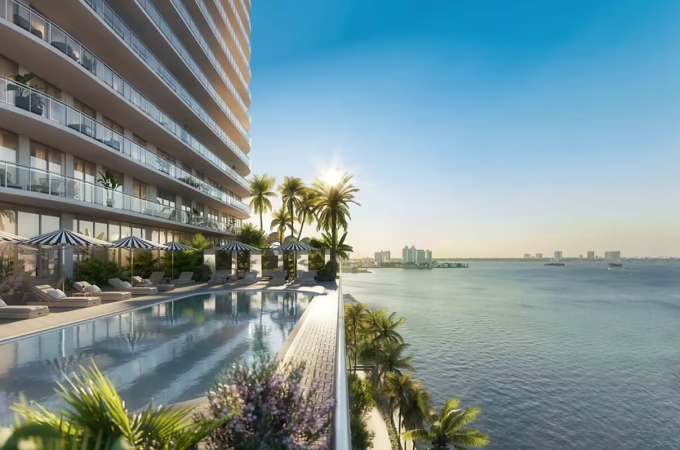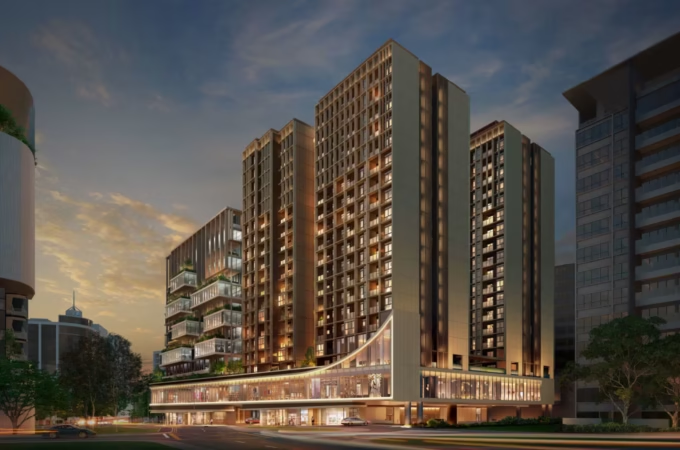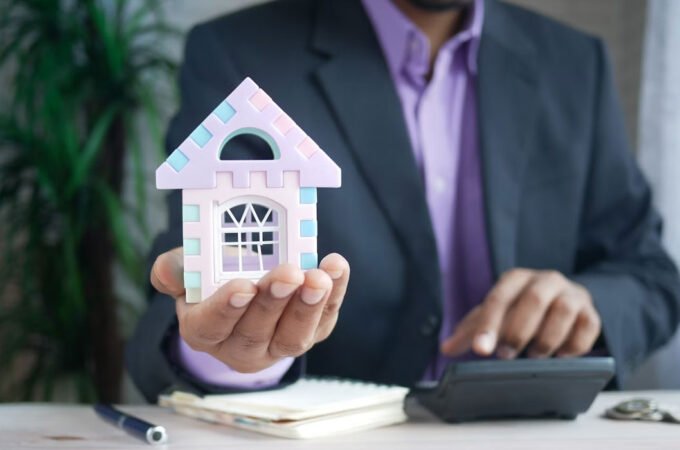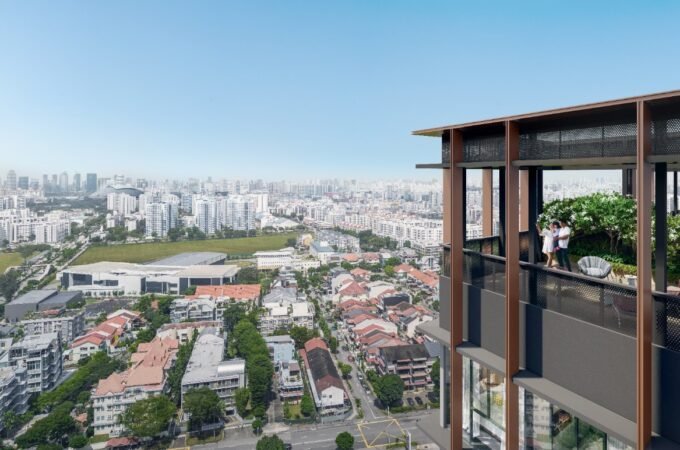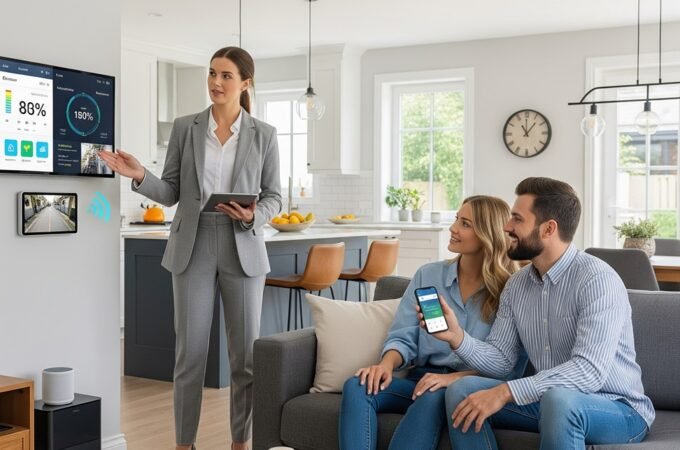
Modern City Living: Creative Ways to Make Apartment Life Feel Like Home
Table of Contents
ToggleKey Takeaways
- Smart design tricks and flexible layouts can make city apartments feel spacious and cozy.
- Community, access to green spaces, and local amenities contribute to an authentic sense of home.
- Multifunctional furniture and clever lighting make even smaller apartments functional and inviting.
- Personal touches and wellness-inspired features help transform a rental into your sanctuary.
- Sustainability and technology are shaping the future of apartment living with eco-friendly and innovative options.
Embracing Cozy Design in Smaller Spaces
Urban apartment living often means adapting to a smaller footprint, but that doesn’t have to mean compromising comfort or personality. Creating a cozy home begins with simple, intentional design choices. Layered textiles—such as oversized chunky-knit throws, soft flannel blankets, and high-pile area rugs—instantly add inviting warmth, even in the most compact studio. Mixing textures and materials, such as natural woods, soft cotton, leather, and glass, generates depth and visual interest, elevating your space beyond basic functionality.
The reality of limited storage leads many city dwellers to get creative with vertical spaces: wall-mounted shelves, high cabinets above entryways or doors, and hooks make use of every inch without sacrificing style. Flexible seating—like poufs, benches with built-in storage, or modular sectionals—makes it easy to accommodate guests comfortably while keeping traffic flow easy and the floor uncluttered. If you’re seeking real-world inspiration, many luxury pet-friendly Chicago apartments master the art of chic comfort by offering open layouts, thoughtful built-ins, and designer fixtures that enhance the look and utility of every square foot, catering to people and their furry companions.
Strategically using mirrors opposite windows maximizes perceived light and creates the illusion of more space. A consistent color palette throughout the apartment—favoring neutrals or light tones—prevents visual breaks and keeps sightlines uninterrupted. Sizing your furniture to match your room’s proportions, such as selecting a loveseat instead of a bulky couch or using nesting tables for flexible surfaces, makes even the smallest homes feel sophisticated, airy, and livable.
Making the Most of Natural Light
Few things influence the mood of a city apartment as powerfully as light. Not only does an abundance of sunlight make a space feel bigger and more cheerful, but it can drastically impact the quality of your daily life, supporting natural circadian rhythms and enhancing work-from-home productivity. However, the dense construction of urban areas can block some windows and limit the hours of direct sunshine, so maximizing whatever natural light is available becomes crucial.
Positioning mirrors across from or adjacent to windows is one of the oldest tricks in the book for reflecting daylight into darker corners, but modern options abound. Choose furniture with light-reflective finishes or glass elements to bounce sunshine even further. Sheer curtains or blinds provide a gentle filter for bright light while ensuring privacy, making your home open and relaxing. Incorporating high-gloss or metallic decor—think brass lamps, mirrored trays, or shimmery pillow covers—amplifies the feeling of brightness.
For apartments that face inner courtyards or shadowy alleys, artificial lighting can be just as mood-boosting as sunshine. Use a mix of overhead fixtures, pendant lights, floor lamps, and task lighting to create layers of illumination. Warm-tone LED bulbs produce a soft, inviting glow similar to daylight. By setting up different zones—like a cozy reading area with an adjustable lamp or an art wall bathed in picture lights—you can tailor the atmosphere for every activity, from focused work to intimate gatherings.
Choosing Multifunctional Furniture
With space at a premium in most city dwellings, the importance of flexible, multifunctional furniture can’t be overstated. Gone are the days when a sofa was only a sofa. Today’s urban renters are investing in pieces that work overtime: sleeper sofas with built-in storage, dining tables that expand for guests, and ottomans that serve as footrests and homes for seldom-used items.
Bookshelves can double as elegant partitions to define open-plan living-dining areas, and compact desks neatly convert into vanity spaces or standing workstations. As work-from-home norms grow, convertible or modular desks that close up at the end of the day help keep work-life boundaries intact. The popularity of these dual-purpose pieces is climbing rapidly.
Look for adaptable furniture made of lightweight materials that is easy to rearrange. Adjustable-height tables, folding chairs, or rolling islands suit dynamic city lifestyles and allow you to transform your environment immediately. With a mindful approach, your home can adapt to everything from morning yoga to weekend dinner parties.
Incorporating Personal Touches and Art
The presence of meaningful personal touches and creative art elevates an apartment from a rented unit to an actual home. Even with temporary leases, abundant renter-friendly ways exist to inject individuality into every corner. Peel-and-stick wallpaper, colorful area rugs, and modular shelving systems allow you to easily alter the vibe of your space without risking your deposit.
Artwork is compelling in transforming rental units. Whether you love oversized prints, curated gallery walls, or one standout canvas, displaying art creates an immediate sense of belonging. Local art or souvenir pieces add character while supporting the neighborhood economy. Create a visual narrative by combining family photos, vintage finds, travel keepsakes, and favorite books on open shelves. Small upgrades like unique cabinet pulls, textured throws, or decorative baskets instantly personalize even cookie-cutter apartments.
Choose a color palette that energizes or calms you—experiment with accent walls or change up throw pillows for an easy seasonal refresh. Mixing tactile elements like velvet cushions, nubby wool, or linen curtains can make living rooms, bedrooms, and even kitchens more inviting. These daily details transform an apartment into a sanctuary that reflects your lifestyle and history.
Building Connections and Community
The heart of feeling at home in the city isn’t just about your four walls—it’s about the people and community surrounding you. Establishing connections with neighbors provides social support, deepens your ties to the local area, and often leads to new friendships. Even a warm greeting in the hallway or sharing a few words in the elevator lays the groundwork for a strong, supportive environment.
Many modern apartment complexes recognize that fostering community leads to happier residents and higher retention. Social common areas, rooftop gardens, and amenities like dog runs or co-working lounges offer spaces where spontaneous encounters occur. Resident-led groups for gardening, book clubs, or even walking dogs together create regular opportunities for meaningful connections. Research consistently finds that social engagement in residential communities is linked to lower stress and higher well-being—a welcome bonus for city dwellers managing the hustle and bustle outside their door.
If your building hosts regular social events—like movie nights, cooking classes, or yoga on the rooftop—take advantage! Not only can you discover new interests or talents, but these gatherings help your apartment complex feel more like a small town within a city. Over time, you’ll build a support network that makes urban living warmer and more rewarding.
Prioritizing Wellness in Urban Apartments
With city living often accompanied by noise, crowds, and relentless energy, making your home a haven for wellness is vital. Dedicating a quiet space—even if it’s just a corner of the living room—for daily rituals can help maintain mental clarity and emotional stability. A yoga mat rolled out by the window, a cozy chair for meditation, or even a collection of calming scents from candles or diffusers set the tone for relaxation.
Integrating greenery into your apartment is a simple yet effective way to boost well-being. Hardy indoor plants like snake plants, pothos, or rubber trees require minimal maintenance while purifying the air and injecting a touch of nature into the cityscape. Scientific reports consistently validate the emotional and health benefits of biophilic design. Exposure to indoor plants is linked to reduced stress, improved mood, and even better sleep quality.
Thoughtful touches like blackout shades for restful sleep, soft rugs underfoot, and spaces for reading or journaling help foster balance and pleasure at home. Retreating to a personalized, peaceful environment at the end of the day renews energy and builds resilience, so you’re ready to take on the excitement of city life each morning.
Sustainable Practices for Apartment Living
Green living is becoming a crucial aspect of modern apartment living, allowing urban residents to make sustainable choices without compromising convenience or comfort. These include replacing old bulbs with LEDs, investing in Energy Star appliances, and using power strips to eliminate “phantom energy.” Reducing single-use plastics, using eco-friendly paints and plant-based cleaning products, starting a mini compost bin, and supporting local bakeries and farmers for fresh, locally sourced food. By adopting these sustainable habits, city apartment dwellers can contribute to greener communities and a more sustainable future. Even small, consistent habits can have a significant positive impact over time.
Future Trends: Tech & Smart Amenities
The future of city apartments is characterized by smarter, safer, and more responsive living spaces. These developments offer tech-forward amenities such as app-controlled door locks, thermostats, Wi-Fi, and secure package lockers. Voice assistants, smart lighting, and integrated speakers are becoming standard features. Technology is also transforming community interactions, with digital bulletin boards, community forums, and chat apps enabling quick communication about events, maintenance, or lost items. Secure networks and shared workspaces make daily routines seamless for those working from home. New tech is emerging to support holistic living, such as air purifiers, fitness apps, and guided meditations. As apartments become more technologically advanced, they create environments that nurture comfort, convenience, and a strong sense of home, making city living feel warm, personal, and rewarding.

